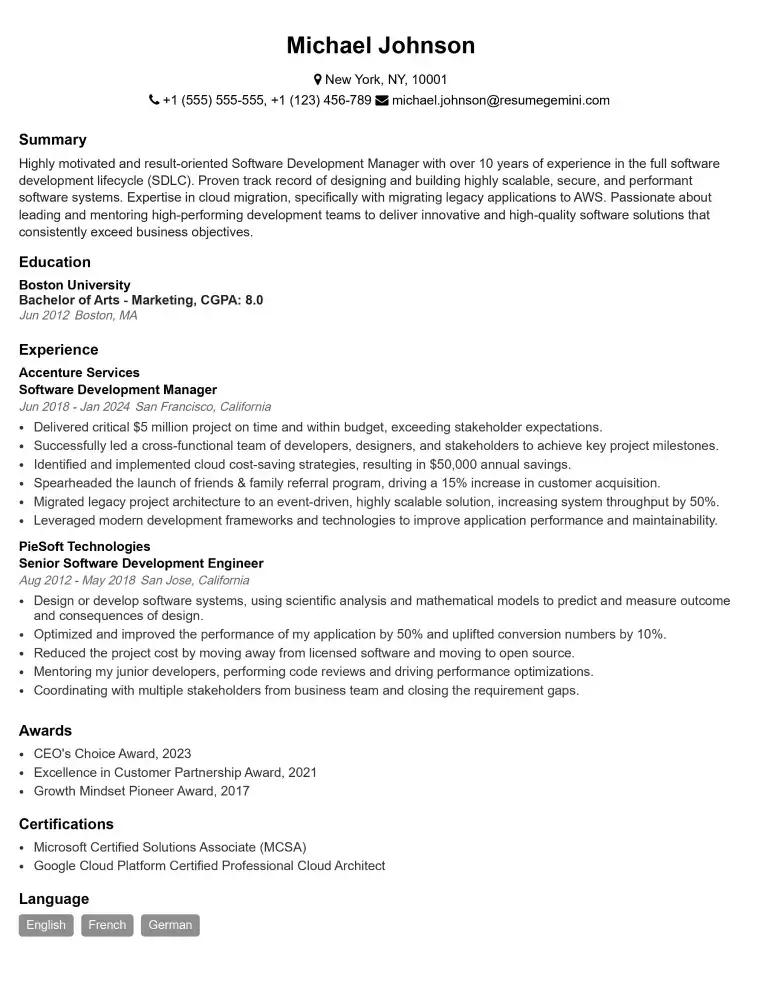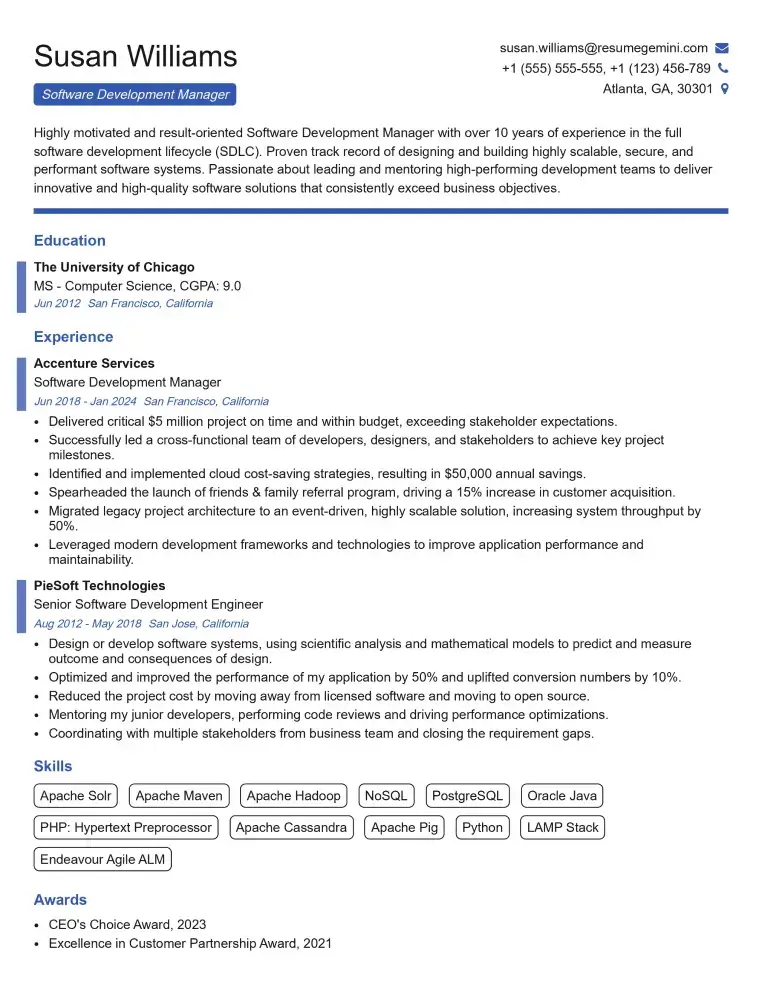Creating a resume that impresses potential employers, navigates applicant tracking systems (ATS), and showcases your skills and experience is crucial in today’s competitive job market. However, many job seekers fall prey to common resume mistakes that can hinder their chances of landing their dream job. In this blog, we will unveil 10 of the most prevalent resume pitfalls and provide actionable advice on how to rectify them, ensuring your resume stands out and delivers results.
1. The Overlooked Basics: Spelling and Grammar Errors
There’s no excuse for spelling and grammar errors on your resume. It’s like showing up for an interview in a wrinkled suit. Proofread your resume carefully before submitting it, or ask a friend or family member to do you a favor and review it for any mistakes. An ATS also might dismiss your resume if it contains errors.
- Check for typos and misspellings using spell-check or online grammar tools.
- Pay attention to grammar and punctuation, and ensure your sentences are clear, concise, and easy to understand.
- Avoid using slang, jargon, or overly technical language that may not be familiar to all readers.
2. Lack of Focus: Trying to Be Everything to Everyone
Your resume should be tailored to each job you’re applying for. Don’t make the mistake of creating a one-size-fits-all resume. Instead, take the time to read the job description carefully and highlight the skills and experience that are most relevant to the position. Use keywords from the job description in your resume to make it more ATS-friendly.
- Read and understand each job description thoroughly.
- Tailor your resume content to match the requirements and keywords in the job description.
- Highlight skills and experience that align with the specific role and industry you’re applying to.
3. Missing the Mark: Inaccurate or Vague Descriptions
When describing your skills and experience, be specific and use numbers whenever possible. Don’t just say that you’re “skilled in customer service.” Instead, provide concrete examples of how you’ve provided excellent customer service, and quantify your results with numbers. You could say something like, “Provided exceptional customer service to over 100 clients daily, resolving queries and increasing customer satisfaction by 20%.”.
- Use specific and quantifiable metrics to showcase your achievements.
- Provide concrete examples to demonstrate your skills and experience.
- Avoid general or vague language that doesn’t provide a clear picture of your capabilities.
4. Underselling Yourself: Not Quantifying Accomplishments
This mistake often goes hand-in-hand with Mistake #3. When you’re listing your accomplishments, don’t just state what you did, also quantify your results. This will help employers understand the impact of your work and how you can benefit their organization.
- Use numbers to quantify your accomplishments and results.
- Showcase the scale and impact of your contributions using percentages, statistics, or specific metrics.
- Highlight how your efforts have made a tangible difference within previous organizations.
5. Clutter and Confusion: Formatting and Design Disasters
Your resume should be visually appealing and easy to read. Don’t use too many fonts or colors, and make sure that the text is readable on both a computer and a mobile device. Keep your resume concise and avoid unnecessary details. Focus on highlighting your most relevant skills and experience.
- Use a consistent and professional font that’s easy to read.
- Limit the use of colors and graphics to enhance readability.
- Ensure your resume is well-structured and organized for clarity.
- Proofread your resume for any formatting errors or inconsistencies.
6. Too Much Detail: Information Overload
Your resume should be concise and focused on the most relevant information. Don’t include every single job you’ve ever had or every skill you’ve ever learned. Instead, focus on highlighting your most recent and relevant experience and skills.
- Keep your resume to one or two pages.
- Prioritize highlighting your most relevant skills and experience.
- Consider creating a separate portfolio or website to showcase additional details.
- Remove unnecessary personal information, such as your address or marital status, unless required.
7. Lack of Keywords: Missing the ATS Filter
Many companies use Applicant Tracking Systems (ATS) to screen resumes. These systems use keywords to identify qualified candidates. To ensure your resume gets noticed, make sure to include relevant keywords throughout.
- Research commonly used keywords in your industry.
- Incorporate relevant keywords into your resume, including your skills, experience, and accomplishments.
- Use a keyword analysis tool to identify the most relevant keywords.
- Ensure your resume is ATS-compliant to pass through automated resume screening.
8. Inconsistent Formatting: A Visual Disruption
Your resume should be consistent in terms of formatting. This means using the same font, font size, and margins throughout. It also means using consistent section headings and bullet points.
- Use consistent formatting elements throughout your resume.
- Maintain uniformity in font, font size, margins, and section headings.
- Avoid using excessive colors, images, or graphics that can disrupt readability.
- Ensure your resume is visually appealing and easy to scan.
9. Irrelevant Information: Unnecessary Details
Your resume should be relevant to the job you’re applying for. Don’t include information that is not relevant to the position.
- Tailor your resume to match the job requirements.
- Highlight skills and experience that are directly relevant to the role.
- Remove any personal or unrelated information that may distract the reader.
- Focus on showcasing your qualifications and potential contributions to the organization.
10. Unprofessional Email Address: Incomplete Candidate Branding
Your resume might not be the only thing a potential employer checks. Many professionals also research the online presence of candidates. Ensure your personal email address is professional and appropriate. Consider creating a professional email address specifically for job applications.
- Avoid using personal or unprofessional email addresses.
- Create a dedicated email address for your job search.
- Keep your email address consistent with your resume and other job application materials.
- Use a professional and memorable email address that reflects your brand.
By avoiding these common resume mistakes and incorporating the tips provided, you can create a resume that showcases your strengths, captures the attention of potential employers, and propels you towards your career goals. Remember to keep your resume updated, tailored to each job application, and aligned with industry best practices. Best of luck in your job search!
“Strive for excellence in all that you do, and your resume will reflect the extraordinary professional you are.”
Career Expert Tips:
- Select the ideal resume template to showcase your professional experience effectively.
- Master the art of resume writing to highlight your unique qualifications and achievements.
- Checkout the resume writing tips for guidance and best practices.
- Make your 2025 brighter with a new job. Build a powerful resume with ResumeGemini and save big, enjoy exclusive discounts on premium templates.
Frequently Asked Questions (FAQ’s)
What are the most common mistakes people make on their resumes?
Many people fall into the trap of repeating the same boring information that’s already included on their resume. Instead of just listing your job duties, focus on quantifying your accomplishments and highlighting the specific results you achieved. For example, instead of saying “Managed a team of 10 people,” you could say “Managed a team of 10 people, resulting in a 15% increase in productivity.” By using numbers and specific examples, you can make your resume more concrete and impressive.
- Using vague or generic language.
- Not tailoring your resume to the specific job you’re applying for.
- Including irrelevant information.
- Making it too long or too short.
- Having errors in grammar or spelling.
How can I avoid making these mistakes?
There are a few key things you can do to avoid making these common resume mistakes.
- Start by thinking about the specific job you’re applying for and what the employer is looking for.
- Tailor your resume to highlight the skills and experience that are most relevant to the position.
- Use specific examples and numbers to quantify your accomplishments.
- Keep your resume concise and easy to read.
- Have someone proofread your resume before you submit it.
What are some tips for writing a strong resume?
Here are a few tips for writing a strong resume:
- Use a professional font and layout.
- Include a strong headline and summary statement.
- List your skills and experience in reverse chronological order.
- Use action verbs to describe your accomplishments.
- Quantify your accomplishments whenever possible.
- Proofread your resume carefully before submitting it.
How do I make sure my resume is error-free?
Here are a few tips for making sure your resume is error-free:
- Proofread your resume carefully before submitting it.
- Have someone else proofread your resume as well.
- Use a resume builder tool to help you create a polished and error-free resume.
What are the best ways to format and design my resume?
Here are a few tips for formatting and designing your resume:
- Use a professional font and layout.
- Keep your resume concise and easy to read.
- Use headings and subheadings to organize your information.
- Use bullet points to list your skills and experience.
- Use white space to make your resume look clean and inviting.
- If you’re applying for a creative position, you can get more creative with your resume design.
How do I highlight my skills and experience in a way that’s relevant to employers?
Here are a few tips for highlighting your skills and experience in a way that’s relevant to employers:
- Tailor your resume to the specific job you’re applying for.
- Use keywords from the job description in your resume.
- Quantify your accomplishments whenever possible.
- Use action verbs to describe your skills and experience.
- Highlight your transferable skills.
How do I write a strong resume summary?
A strong resume summary is a brief, attention-grabbing statement that highlights your skills, experience, and career goals. Here are a few tips for writing a strong resume summary:
- Keep it brief and to the point.
- Use strong action verbs.
- Quantify your accomplishments whenever possible.
- Tailor your resume summary to the specific job you’re applying for.
Next Step:
If you’re looking for a quick and easy way to create a professional and ATS-friendly resume, ResumeGemini is the perfect solution. With our library of professionally designed templates, you can create a resume that will stand out from the crowd. Plus, our resume builder tool is easy to use, so you can create a great resume in minutes. Sign up for a free account today and see how easy it is to create a resume that will get you noticed.
- Top 50 Most Common Interview Questions
- The Psychology of a Great Resume: Hacks to Impress Recruiters
- What Mistakes to Avoid When Writing a Resume: A Comprehensive Guide
- Elevate Your Career with Expert Resume Building: Introducing ResumeGemini
- How to Write a Resume Using Google Gemini: Step-by-Step Guide

